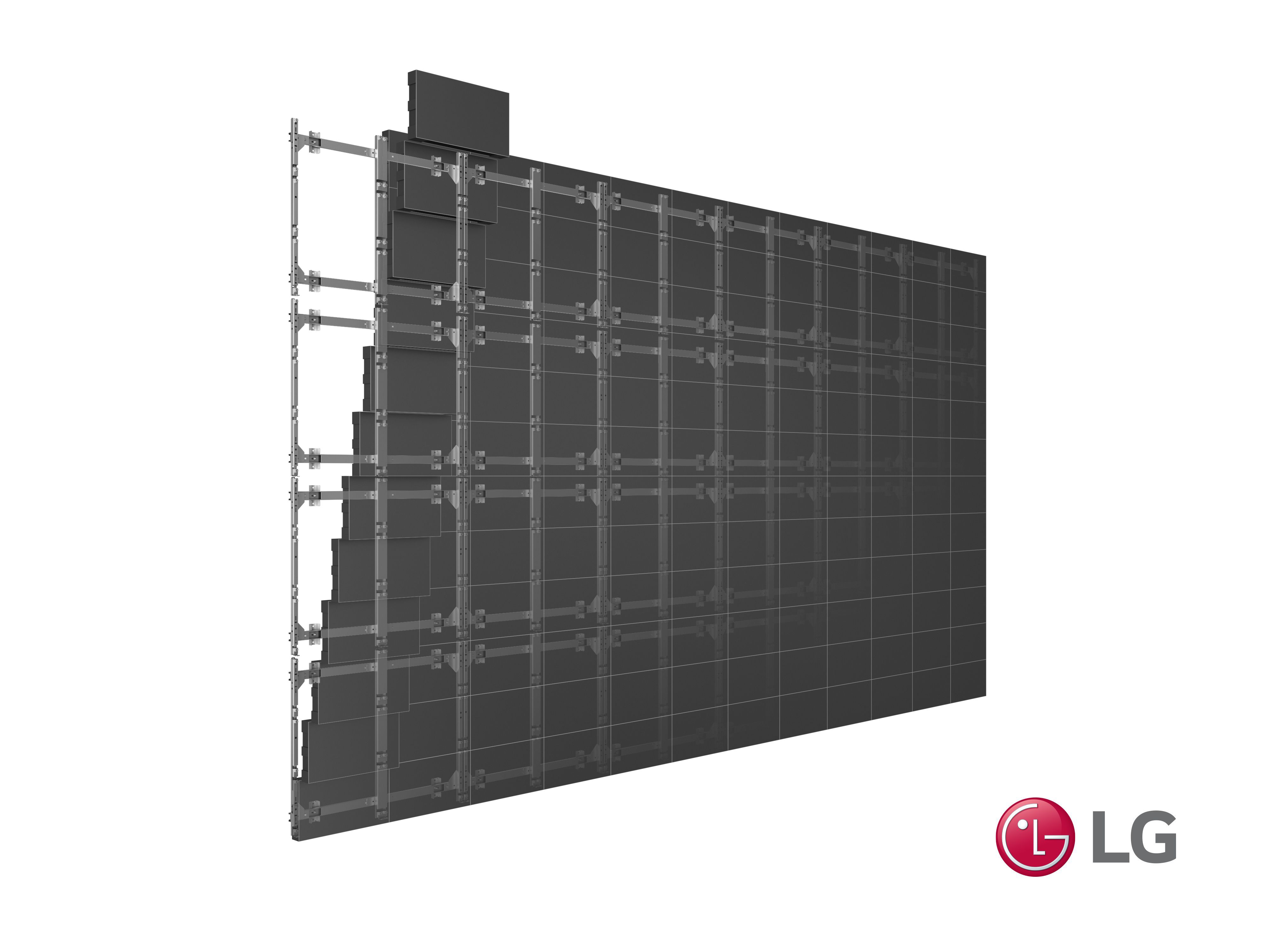Investigating the Fundamental Elements That Influence Luminance in Light Emitting Diode Display Screens
Investigating the Fundamental Elements That Influence Luminance in Light Emitting Diode Display Screens
Blog Article
Light Emitting Diode wall screens are increasingly favored for and promotion and leisure due to their luminous and vibrant displays. Grasping the elements that affect the brightness of these screens is essential for manufacturers and buyers alike. Brightness is typically gauged in candelas, which indicates how much illumination is emitted from the surface of the panel. Several key factors contribute to the overall brightness, including the kind of Light Emitting Diode used, the caliber of the screen materials, and the power supplied to the screen.
The type of Light Emitting Diode chip used in a wall panel plays a significant role in its luminosity. Various Light Emitting Diodes emit varying levels of light output, which gauge the amount of light perceptible to the mortal eye. Premium chips, such as those made using advanced technology, can generate brighter light with higher efficiency. Furthermore, the color temperature of the Light Emitting Diode also influences perceived brightness. For instance, colder hue tones (higher Kelvin values) can seem more luminous than warmer ones, even at the identical light output level. This feature is vital for applications where clarity is crucial, such as in outdoor promotion.
The substances used in the construction of Light Emitting Diode wall screens also affect their brightness. The type of substrate and coating materials can influence how much light is click for more info conducted versus how much is taken in or dispersed. For example, a panel made with premium optical material will allow more illumination to pass through than one made with inferior materials. Additionally, the design of the screen, including its thickness and the layout of the LEDs, can improve or reduce brightness by influencing how light is spread across the screen.
The power supply provided to the Light Emitting Diode wall screens is another critical element in establishing brightness. Each Light Emitting Diode chip has a particular voltage and electric flow requirement for optimal performance. If the power source falls short, the brightness of the screen will diminish. Conversely, providing too much power can lead to overheating and decreased lifespan of the Light Emitting Diodes. Therefore, maintaining a stable and adequate power supply is essential for realizing consistent luminosity levels. This is especially important in changing screens, where brightness may need to be modified for different illumination conditions.
Finally, environmental elements can affect how brightness is viewed. Ambient light the original source conditions play a major role in how luminous an LED panel screen appears. In luminous sunlight, for example, a panel with a lower brightness rating may struggle to be visible clearly, while a more luminous panel can be prominent more efficiently. Additionally, the angle from which the screen is viewed can affect brightness perception due to how illumination bounces off surfaces. Understanding these elements helps consumers select the appropriate LED panel panel for their requirements and ensures that manufacturers produce products that meet luminosity expectations for various applications.